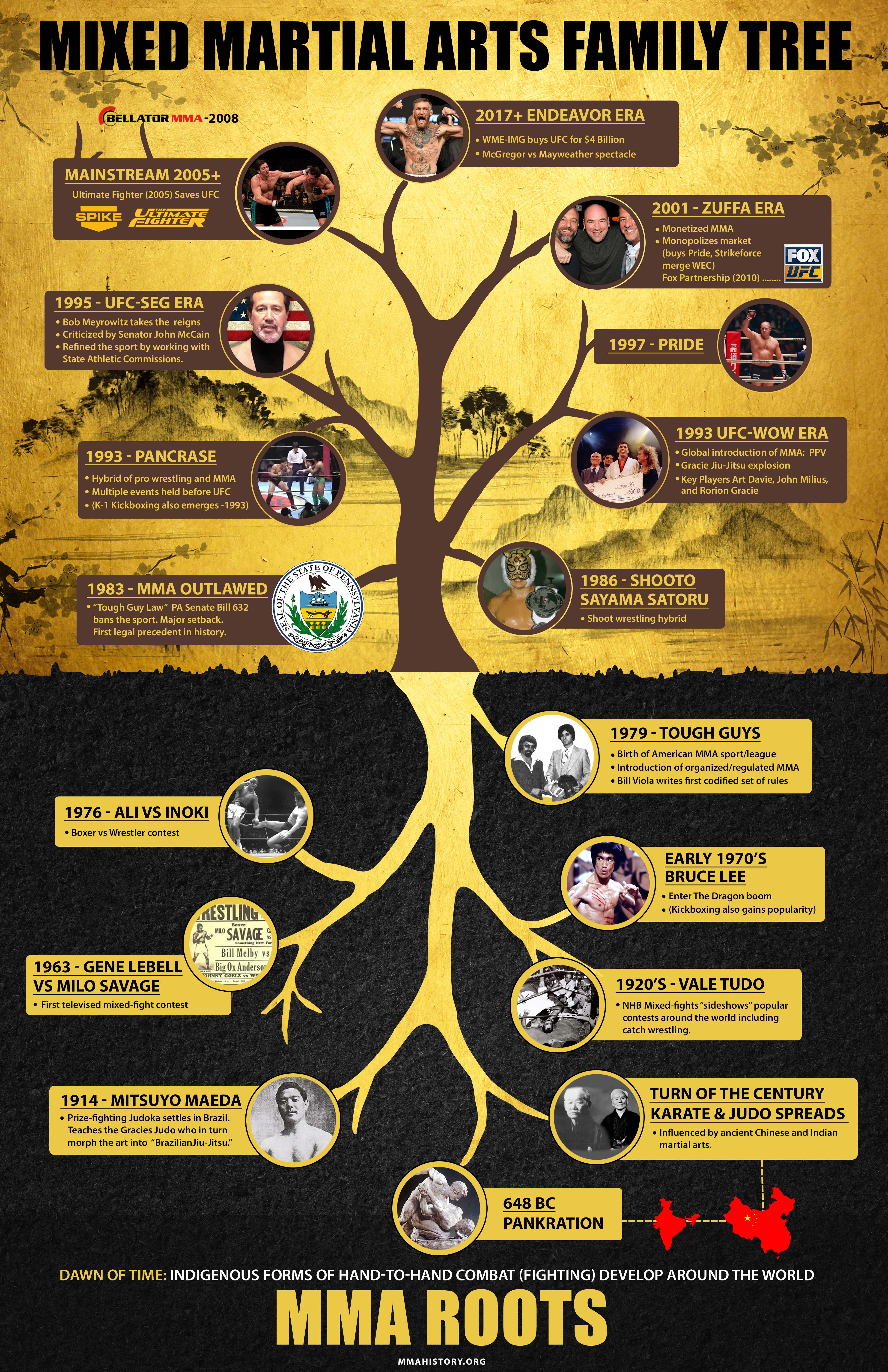The Growth And Historical Context Of Martial Arts Worldwide
The Growth And Historical Context Of Martial Arts Worldwide
Blog Article
Short Article Produced By-Wilcox Matthews
Martial arts have a fascinating background that spans centuries and continents. You might locate it interesting how old practices like Shuai Jiao and Kalaripayattu laid the groundwork for modern combat techniques. These disciplines not just emphasize physical abilities but also show the societies that birthed them. As you explore their development, take into consideration just how globalization has actually changed these standard kinds into crossbreed styles. What influences do you assume have shaped today's martial arts landscape?
Ancient Martial arts: The Foundations of Battle
As you delve into the globe of ancient martial arts, you'll find the rich foundations that formed fight strategies throughout cultures. Very early techniques focused on Self-Defense and survival, typically incorporating strikes, hurting, and weaponry.
In ancient China, for instance, techniques like Shuai Jiao emphasized throws and joint locks, while India's Kalaripayattu showcased agility and liquid activity. Japanese samurai developed Kenjutsu, a polished swordsmanship that highlighted discipline and strategy.
These martial arts offered not just for fight but additionally as a way of personal development, instilling worths like regard and perseverance. The blending of these methods in time prepared for the diverse martial arts you see today, each reflecting the unique ideologies and needs of its culture.
The Cultural Impact on Martial Arts Development
While martial arts typically reflect the useful needs of a culture, they additionally symbolize the social values and ideas of their beginnings. When you explore various martial arts, you'll see exactly how they're influenced by faith, viewpoint, and social standards.
As an example, the focus on respect and self-control in Japanese martial arts originates from Zen Buddhism and samurai society. On karate classes price near me , Brazilian Jiu-Jitsu advertises flexibility and method, shaped by the need for efficiency in a diverse, modern environment.
Source Webpage might find that the routines, uniforms, and training techniques show an area's history and identification. By understanding these social influences, you strengthen your admiration of martial arts and their duty fit human experiences around the world.
Modern Adaptations and the Globalization of Martial arts
Martial arts have actually transformed substantially in recent decades, adjusting to contemporary culture and international impacts. You'll see that traditional forms have mixed with modern-day strategies, developing hybrid styles like MMA. These adaptations satisfy varied target markets, making martial arts easily accessible and enticing globally.
With the surge of social media and electronic systems, you can discover tutorials and competitors from all corners of the world, damaging geographical obstacles. This globalization has led to a shared admiration for various self-controls, from Brazilian Jiu-Jitsu to Taekwondo.
As you involve with these arts, you'll understand they're not almost combat; they promote fitness, discipline, and psychological health.
Ultimately, modern adjustments have enriched the martial arts landscape, making it a dynamic and progressing practice.
Conclusion
In checking out the history and development of martial arts, you reveal an interesting mix of methods, cultures, and viewpoints. From old techniques like Shuai Jiao and Kalaripayattu to the modern-day adaptability seen in mixed martial arts, martial arts show humanity's quest for Self-Defense and personal growth. As you engage with these practices, you not only get abilities but likewise a much deeper admiration for the varied traditions that shape our globe today. So, proceed your journey and welcome the art of fight!
